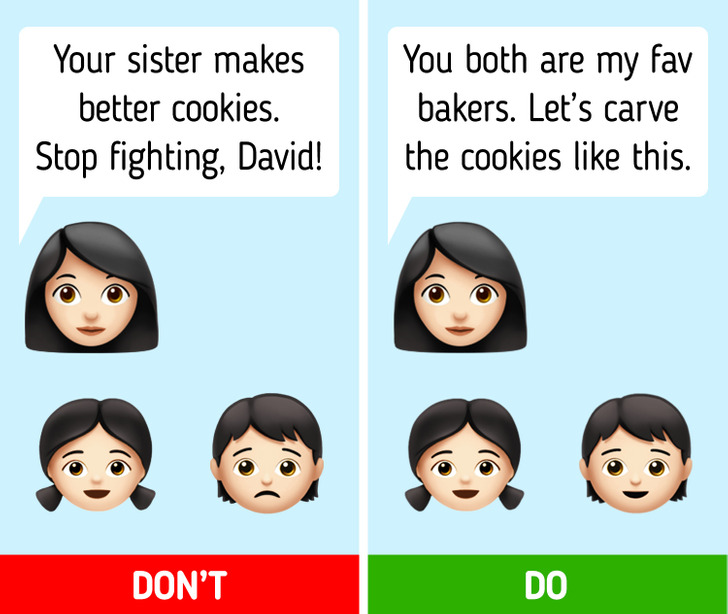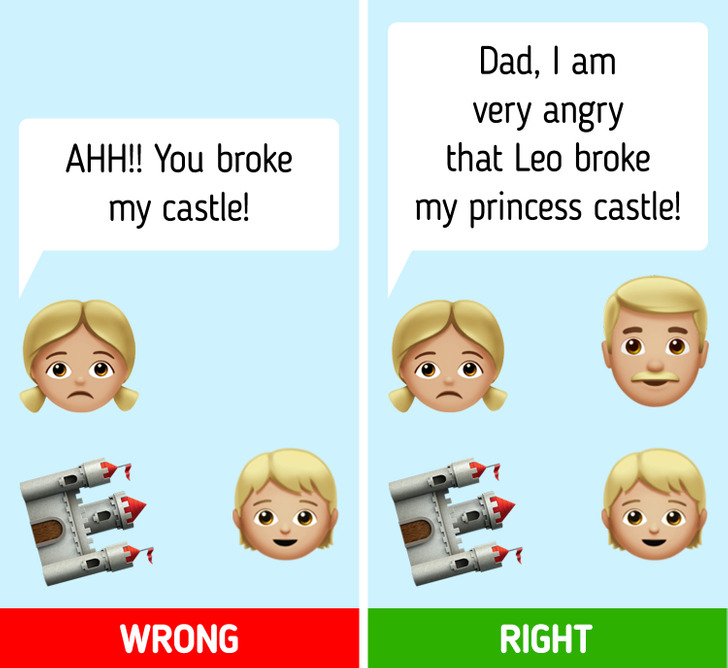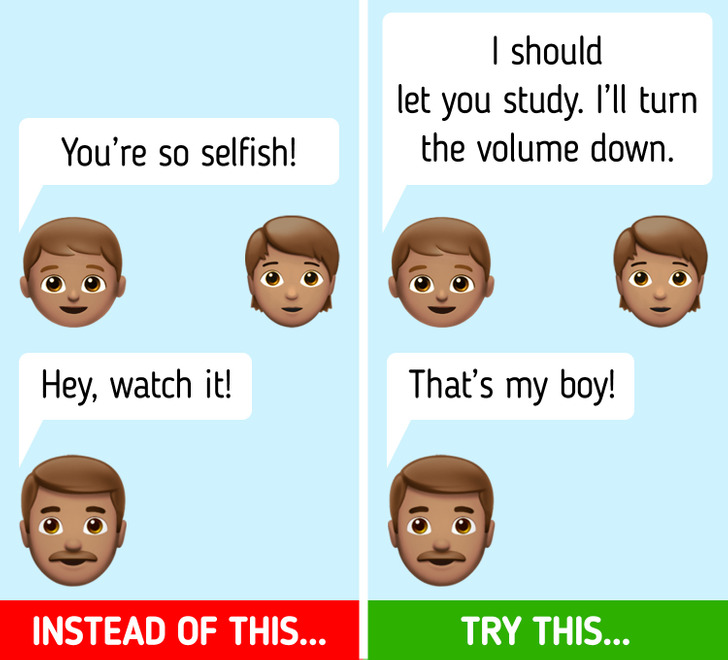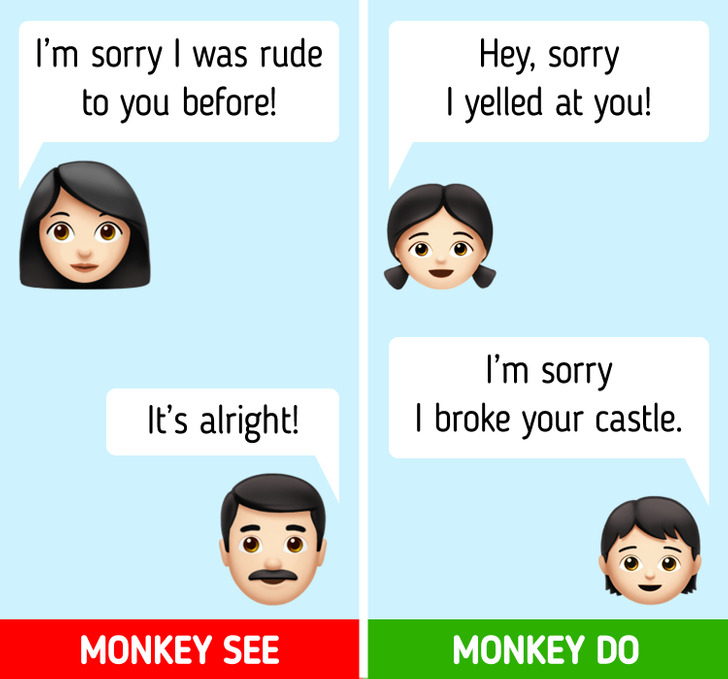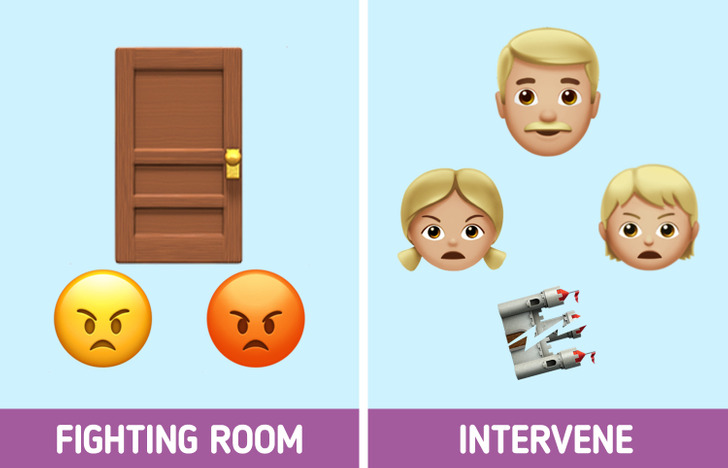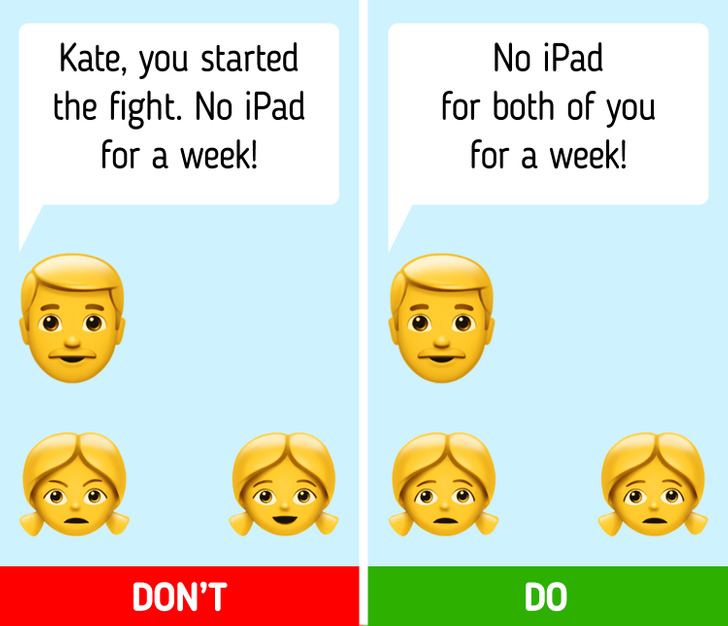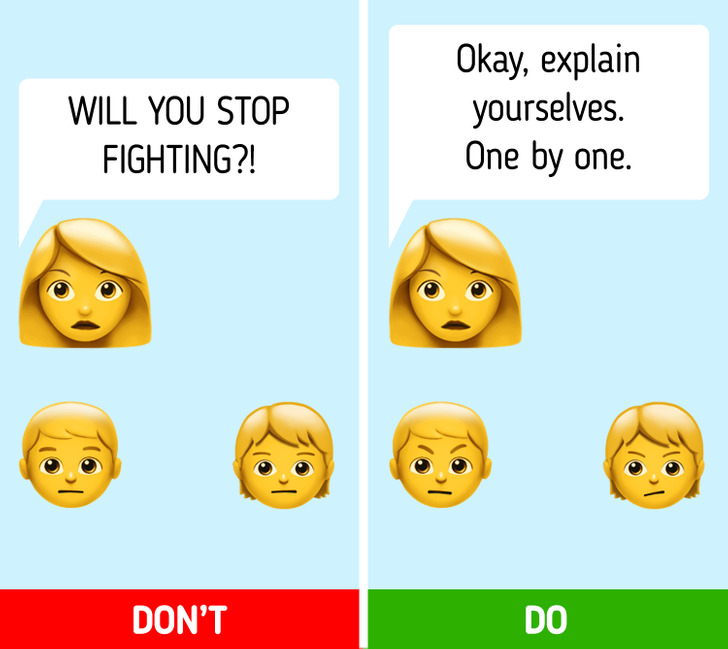How to Stop Your Children From Fighting
Sibling fights are one of the most inevitable issues in a household. On its best day, it hones social skills like compromise and negotiation. But, on its worst, when these fights get frequent and violent, it may lead to a loss of self-esteem. Such intense fighting can be avoided if their caregivers guide them with better ways for how to resolve a conflict. If you’re clueless about where to begin, let 5-Minute Crafts light the way.
1. Prevent fights from taking place.
This can be done by referring to your kids as a team, like saying, “You’re just a good dancing duo” or “You’re the best biking buddies I’ve ever seen.” Doing this will keep you in the habit of appraising their positive interactions. When you make your kids feel like they’re working together rather than being competitors, it inevitably develops the dynamic of helping each other out. You can also engage them in team-like activities like baking cookies or building a sandcastle.
2. Help them expand their emotional vocabulary.
When a child is provided space for describing their feelings in words, it is more likely that they will be able to stay calm. So if your son breaks your daughter’s castle, she can say, “I’m angry that he broke my princess castle,” instead of hitting him. Experts say that it is essential to go beyond emotions like happy, sad, and angry. When the vocabulary is expanded to “annoyed,” “confused,” or “frustrated,” it helps your kid express what they feel and it helps them in managing their emotions too.
3. Teach them problem-solving skills.
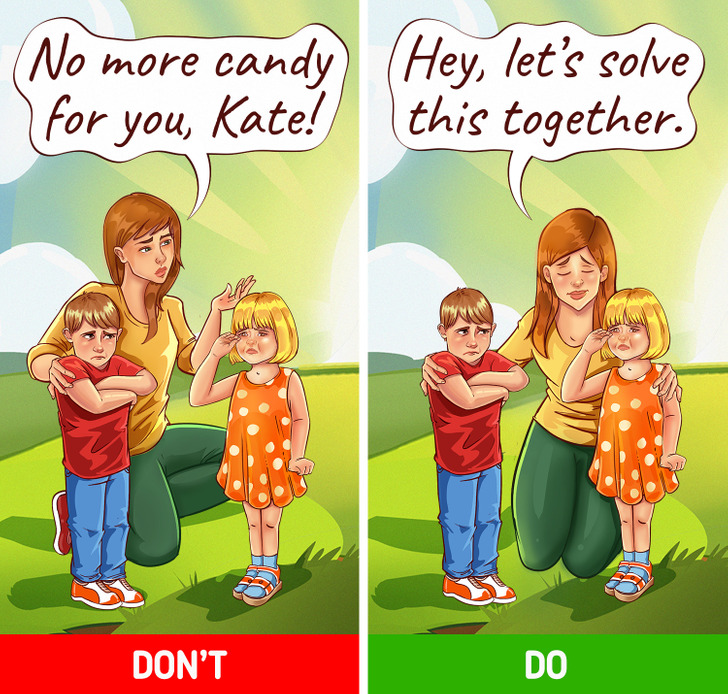
Begin by setting ground rules of what can and cannot be done when resolving an issue. For instance, yelling and hitting are big no-nos to problem-solving. Try talking to them about fighting and ways an issue can be solved. You can ask them to come up with their own ideas and give them a chance to implement them.
If they’re having a hard time figuring out a solution, you can step up and help them resolve it by sitting together and brainstorming at least 5 solutions for the problem, identifying pros and cons for every solution, and helping them pick one solution. The key is to get them to be creative with the solutions so that they keep seeking different ways of resolving a conflict.
4. Make the most of praise and positive reinforcement.
This helps in structuring positive behaviors in children. To do this, ignore their fights and praise them with attention when you catch them doing something positive, helpful, or kind. In this way, kids will get the hint that they’ll be showered with more attention when they’re engaged in good behaviors rather than bad ones.
5. Show your kids how to get along.
If you want your kids to have a penchant for problem-solving and a calm attitude then they need to see that you have this too. If you want them to be able to apologize to others, they need to see you apologizing too. Also, teach them how to respect others’ opinions. This will make them understand that it’s okay that not everyone sees everything in the same way.
6. Keep your distance.
Usually, kid fights end quickly on their own. But if you intervene every time, it may delay the process of kids resolving the issue on their own. One creative idea to handle this is by having a space or a separate room in your home that is designated as the “fighting room.” Here your kids or their friends can fight, and they can’t come out until it’s resolved.
Though it is advisable to ignore their conflicts but intervene when it becomes physically or emotionally violent. Ask them to solve the matter on their own, and step in to help when necessary. Always intervene if the fights get verbally abusive, border on the destruction of someone’s personal possessions, or get physically abusive — including hitting or biting.
7. Avoid taking sides.
Almost every adult gets into the questioning spree regarding who started a fight, who said what, etc. When you take sides or punish them differently, you establish a base for the labeling of the bullies and the victims. And mostly, when it comes to punishments, it should be the same for all, with no exceptions. The point is to not set a stage for who lost or won the fight.
8. Keep your own cool.
You might yell and ask your kids to stop fighting. Sure, it can shock your kids into silence, but it will not solve the issue and they’ll resume fighting after you leave the room. If you want to intervene, your job isn’t to see who is right or wrong. You’re just a mediator.
Begin by what you saw or heard and give each child the space to share their story without yelling or insults. If you want to be sure they’re listening to each other’s concerns, make your kid repeat what the other one said. Then initiate the problem-solving step stated above.
